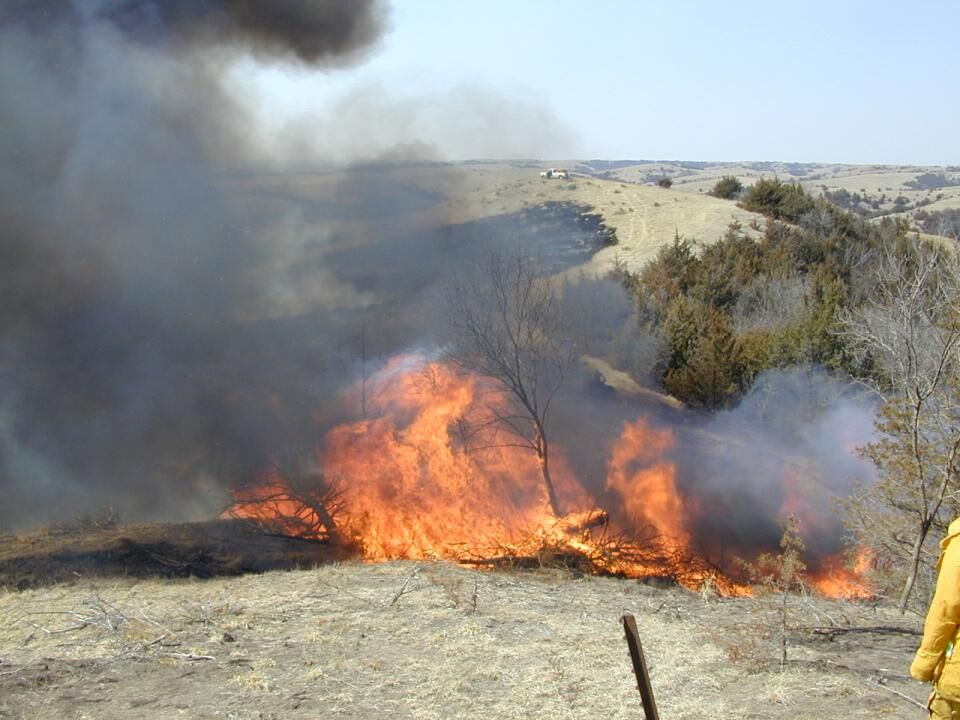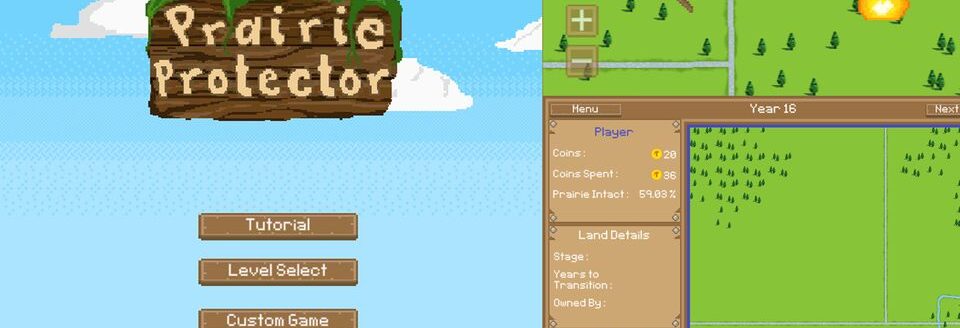Eastern red cedar trees are a significant and expanding problem across many pasture and rangeland acres in Nebraska. When fire is planned and controlled properly, it can be a very useful tool to control these unwanted plants.
It is estimated that a single cedar tree with an 8-foot diameter could reduce forage production by three pounds. If you had a density of 200 trees per acre, that would translate into nearly one-third loss in forage production because of the effects of area coverage, moisture use and shading.
In addition to cedar tree impacts on forage production, excessive cedar trees will also dramatically alter habitat for many wildlife species that are adapted to a grassland environment. While mechanical cutting or shredding and herbicides are options to control cedar trees, a prescribed burn is by far the most economical approach.
Safe and controlled prescribed burns don’t just happen. It takes preparation, planning and an understanding of how fire reacts in certain weather conditions, with particular fuel loads, and on various types of topography.
You can begin to learn how to conduct a safe, legal and effective prescribed burn by attending one of several prescribed fire training workshops held during January through March. Pheasants Forever, the Nebraska Game and Parks Commission, and other conservation partners sponsor the workshops that will be held at various location across Nebraska.



